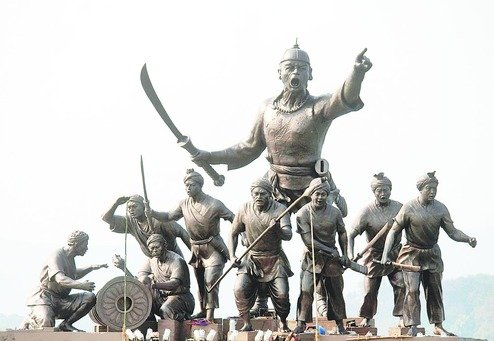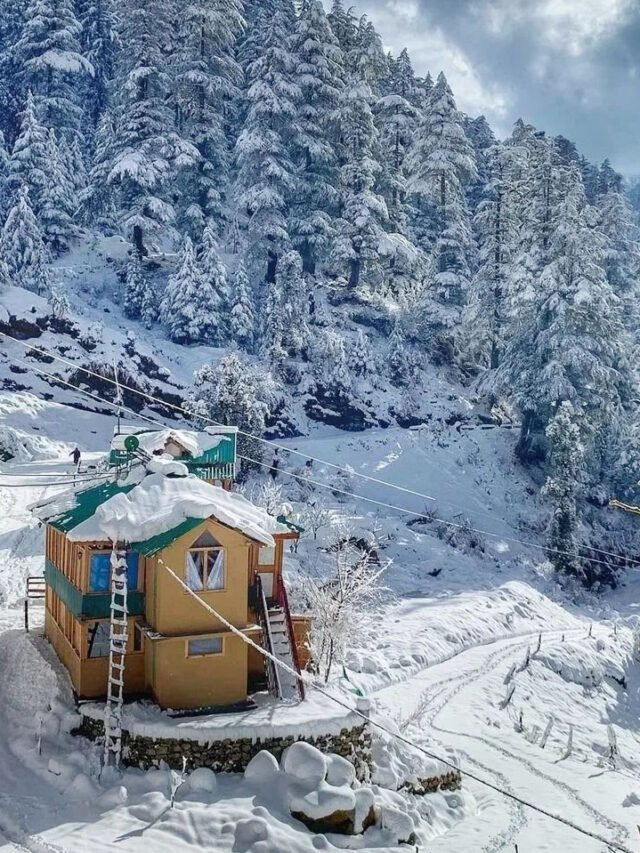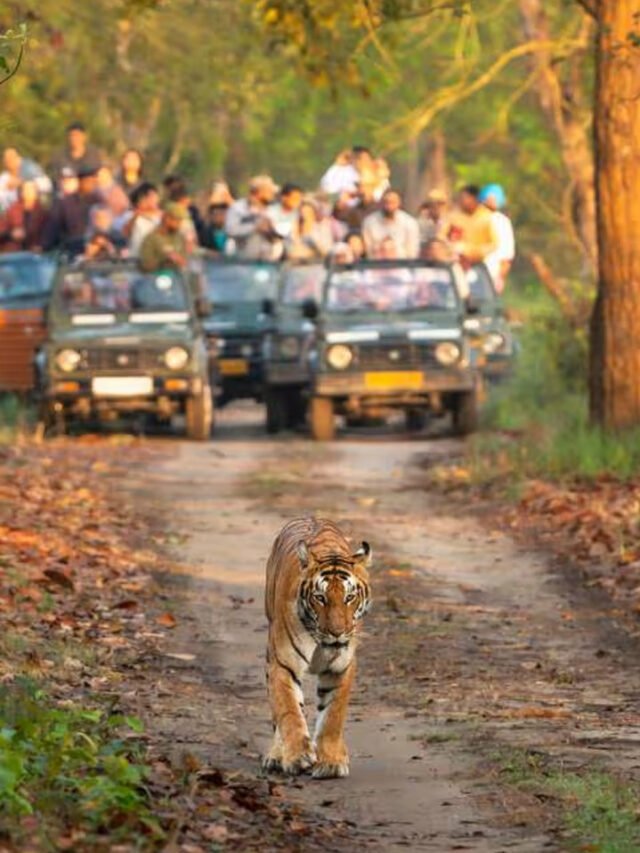By: Dr B.K. Gohain
The Mataks are one of the original inhabitants of Assam. They entered into the ancient Assam from the South East Asia in the ancient time and the first historical reference is seen in 1228 AD when Chaolung Siukapha, the Tai king who entered the then Assam from Mungmaolung (in present China) in order to establish a country here. The first group of people met by him and his companions in the easternmost part of the ancient Assam was the Mataks whom he befriended. The Matak hero who assisted him in his war against the ferocious hill tribe Nagas was a person from Tipam. He was instrumental in his win against the Nagas.
Minister Thaomung Kan-gnan of King Siukapha named him Lan Makkhru as he and his family supplied bringal to Siukapha. Siukapha identified him as Phukhao which, according to some scholars meant ‘white Tais’ him and so Siukapha took into the Ahom fold. Even Hieun Tsang, the Chinese travelers who visited Assam (then called Kamrupa) observed that in the eastern border of Assam, Lao (Tais) were living. The view that the Mataks were the Tais held is by some other scholars who stated that the Matak was a clan of the original Tais. The Mataks were the ancient Tais as their name is given as Pukhao Ankao in history, meaning the ancient Tais. In the religious scripture ‘Nang Hung Pha’ , Matak and Moran are shown as Tai groups. In fact, Matak is a Tai word, ‘Mo’ meaning’ learned’ and ‘tak’ meaning ‘tested or powerful’. Siukapha took into the Ahom fold whoever Matak he met.
The prominent among the Mataks who were taken into the Ahom fold and who became Ahoms were Pikshai, Jakhalauburia, Matak Pator and Mimun Matak during the days of Siukapha. Many Mataks were taken into the Ahom fold at ease by the Ahom kings, the last one being Kolibar who was the middle son of the Matak king Sarbananda of Upper Assam. During the advent of the Tai king Siukapha, the Matak king lording over the kingdom in the present Tinsukia subdivision was Kunti Raja. Siukapha befriended him and married his two daughters, namely Princess Gandheswari and Princess Nageswari as recorded in a Tai chronicle.
While Nageswari was issueless, Gandheswari gave birth to Siuhaopha and was the third and the last son of Siukapha. Even the first Tai priest of Mohung clan married the eldest daughter of the Matak Kunti Raja, which shows that the Tais came with Siukapha acknowledged the Mataks to be Tais. The Mataks, who now are devout Vaisnavites were up to the sixteen century were mainly animists associating godhood to the elements of nature. They believed in Burha Dangaris (who is Lord Siva) and Gosani or Aai. They believe in Mother Goddess Lakhimi and propitiate the Goddess with the woman-folk singing hymns. They believe that the rain-god will shower rains if two tods (one male and the other female) are married off like man and woman. They also believe in ghosts. Inspite of their Vaisnavavite belief in Lord Krisna, they still have belief in the worship of Aai (Mother Goddess) , in the worship of Goddess Lakhimi ( Goddess of prosperity) , in Gorokhia worship (worship of Lord Siva) and Apeswari ritual. ( Goddess of prosperity) , in Gorokhia worship (worship of Lord Siva) and Apeswari ritual.
In fact, the Lakhimi of one special rice called ‘ Ahu’ is stated to be the daughter of a Matak-Moran deity Husung and this rice-goddess was adopted by the Tais who came with Siukapha and now Ahu Lakhimi is worshipped by the Tais who called themselves as Ahoms in Assam.
Festivities
The Mataks celebrate three Bihus in their own special ways. The most important Bihu is the Rongali Bihu or the Spring festival which is celebrated with effect of the Chaitra Sankranti day for three days and consists of giving a ceremonial bath to the cows/ buffaloes and other cattle population, oblations to the Gurus (preceptors) and God, besides merry-making by dances and Husoris (collective singing by the people) on the orchards of the families and giving blessings. This ifestival is characterized by the dancing of the unwed girls beneath a banyan or a big tree in seclusion and singing of songs of youthfulness. This is their special contribution to thr celebration of the festival of joy. The male members are not allowed to enter into the arena and are strictly prohibited. allowed to enter into the arena and are strictly prohibited.
The next important festival is Magh Bihu, which is celebrated after the harvesting of rice is complete. Here in each village, a stack of fuel-wood is kept and burnt on the Makar Sangkranti day and feasting. The third Bihu celebrated is the Kati Bihu which coincides with the completion of the translating of the rice plants. Now the rice-plants are getting the grains and hence, in order to protect the rice from the insects, lamps are lit. Moreover, berries, fruits etc. are hung from posts in the rice fields so that the grains are many and are solid. The third Bihu celebrated is the Kati Bihu which coincides with the completion of the translating of the rice plants. Now the rice-plants are getting the grains and hence, in order to protect the rice from the insects, lamps are lit. Moreover, berries, fruits etc. are hung from posts in the rice fields so that the grains are many and are solid.
All the festivities are, in fact, connected with rice, as rice is the staple food of the Mataks. The ceremonial carrying of the new rice on the head to the family-granary is one of the sacred rituals. Taking of new rice in the family is another festivity. The Gorokhis Loraar sokam ( ritual) is meant to cure the cattle of diseases by giving a refreshment to the cow-herds. In fact, Gorokhia Loraa is a bachelor organization in the society of the Mataks is one of the sacred rituals. Taking of new rice in the family is another festivity. The Gorokhis Loraar sokam ( ritual) is meant to cure the cattle of diseases by giving a refreshment to the cow-herds. In fact, Gorokhia Loraa is a bachelor organization in the society of the Mataks.
The Mataks have the burial system of the Ahoms and the system of ‘Ayush-tola’m.hi or revitalization of a person to cure diseases etc. which is a Tai characteristic. Old ladies take a fishing scoop called ‘Ayush-tola’m.hi or revitalization of a person to cure diseases etc. which is a Tai characteristic. Old ladies take a fishing scoop called ‘Jakoi’ made of bamboo and cane and go to fish in water ( river or pond) and whatever fish is obtained is cooked and served to the ailing person to revitalize Traditional housing pattern, joint family norm, marriage by elopement, Mitur-bora ( conciliation of both the parties after marriage by elopement), presence of tantricism in large measure even for curing diseases and disorders, ex-communication for social offences, redemption of ex-communition and other social offences on payment of fines and giving a compensatory feast to the society, rearing of silk-worms for threads, community fishing, co-operative initiatives in agriculture and other social works, respects to the Gurus and Bhakats (disciples), primitive method of agriculture, primitive way of hunting and fishing , self-sufficiency in sericulture and handloom etc. are the special features of the social life of the Mataks.
It is a fact of history that the Mataks and the Morans are the same people. They have the same brand of Mayamara Vaisnavism and both the groups were one till the early eighteenth century. But schism grew after the death of the Matak king, namely Matibar Barsenapati when the British took the opportunity to take over the Matak kingdom in view of the representation of the leaders of the upper part of the Matak kingdom who started identifying themselves as Morans and wanted either a separate kingdom or annexation of the Matak kingdom by the British. The last vestige of the Matak supremacy went away because of the difference as the Upper Matak part peopled by the Morans was the proselytes of the Moran Satra started by Krisnabhuj . His son Nababhuj had a difference of opinion with the heir apparent Maju Gohain, son of Matibor, the last Matak king. Thus a schism developed within the Mataks and the people of the up-country started calling themselves Morans and identifying as a separate section of the Mataks. The Mataks are socially very backward. The reasons for backwardness are many. Firstly, they are shy and think that interaction with the non-Mataks will pollute them socially as they practice the Mayamara Vaisnavism which is a distinct brand. Secondly, they live in geographical isolation and so there had been not much interaction with the other people of the Assamese community. Thirdly, they being the dwellers near the forests depend on the forests for most of the things. Wild broad leaves of the forests were the roofing materials and timber and bamboo and cane were the building materials. They go for dry cultivation in a big way by broadcasting the seeds of the Rabi crops and are self-sufficient in food. The principal reason for their backwardness is the revolt called the Matak revolt in which all sections of the Matak tribe including the Morans took active part against the Ahom rule since the eighteenth century for which the rest of the Assamese society ostracized it and because of the mass-massacre perpetrated by the Ahom kings, they were forced to flee to the hills and the jungles. However, the degree of isolation of the Mataks, which was continuing till late twentieth century has now lessened.












